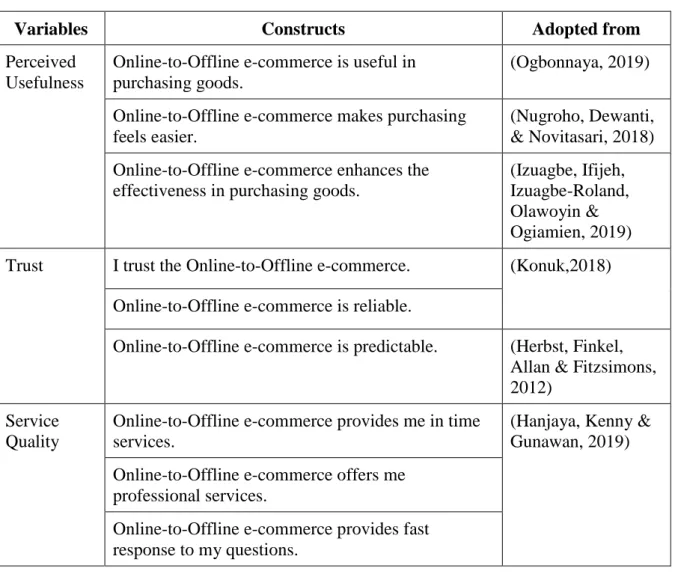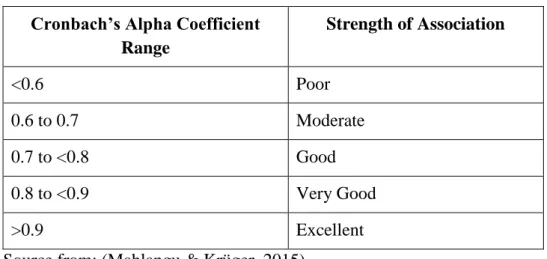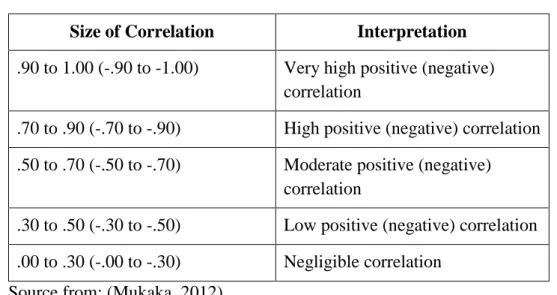It would be impossible for me to complete this research project successfully without their support. This research is conducted as a completion of Bachelor of International Business (HONS) Final Year Project (FYP) in Universiti Tunku Abdul Rahman (UTAR). The title of this research is "Consumers' Purchase Intention and Feedback for Online-to-Offline E-Commerce: A Comparison between Local and Foreign University Students in Malaysia".
Moreover, this research also examines the differences between local and foreign university students on purchase intention and feedback towards O2O e-commerce.
RESEARCH OVERVIEW
- Research Background
- Research Problems
- Research Objectives
- General Objectives
- Specific Objectives
- Research Questions
- Research Significance
- Organisation of the Report
- Terms of Reference
- Conclusion
In addition, this research objective also examines the differences between local and foreign university students regarding purchase intention and feedback on O2O e-commerce. To analyze the differences between domestic and foreign university students regarding purchase intention and feedback on O2O e-commerce. In addition, whether there are differences in purchase intention and feedback between local and foreign university students regarding O2O e-commerce.
How is the difference between local and foreign university students in terms of purchase intent and feedback on O2O e-commerce.
LITERATURE REVIEW
- Introduction
- Overview of E-Commerce and O2O E-Commerce
- Overview of E-Commerce
- Overview of O2O E-Commerce
- Literature Review of Variables
- Consumers’ Purchase Intention and Feedback (CPIF)
- Customer Satisfaction (CS)
- Perceived Usefulness (PU)
- Trust
- Service Quality (SQ)
- Price and Promotion (PP)
- Perceived Ease of Use (PEOU)
- Product Involvement and Quality (PIQ)
- Peer Influence (PI)
- Underlying Theories and Models
- Technology Acceptance Model (TAM)
- Theory of Planned Behaviour (TPB)
- Conceptual Framework
- Hypotheses Development
- Relationship between Perceived Usefulness and Customer
- Relationship between Trust and Customer Satisfaction on O2O
- Relationship between Service Quality and Customer Satisfaction
- Relationship between Price and Promotion and Customer
- Relationship between Perceived Ease of Use and Customer
- Relationship between Peer Influence and Customer Satisfaction
- Relationship between Customer Satisfaction and consumers’
- Difference between Local and Foreign University Students on
- Conclusion
Consumer trust is also one of the challenges for O2O e-commerce, as the consumer cannot guarantee that the appearance and quality of the goods are as stated (Khan, 2016). PU of O2O e-commerce immediately affects CS and continues to use consumer intention (Hidayah & Permana, 2019). According to Jahmani, Fadiya, Abubakar, and Elrehail (2018), PU will influence CS where it will appear in the usage stage of O2O e-commerce.
H9: There is a significant difference between domestic and foreign university students in consumer purchase intention and reactions to O2O e-commerce.
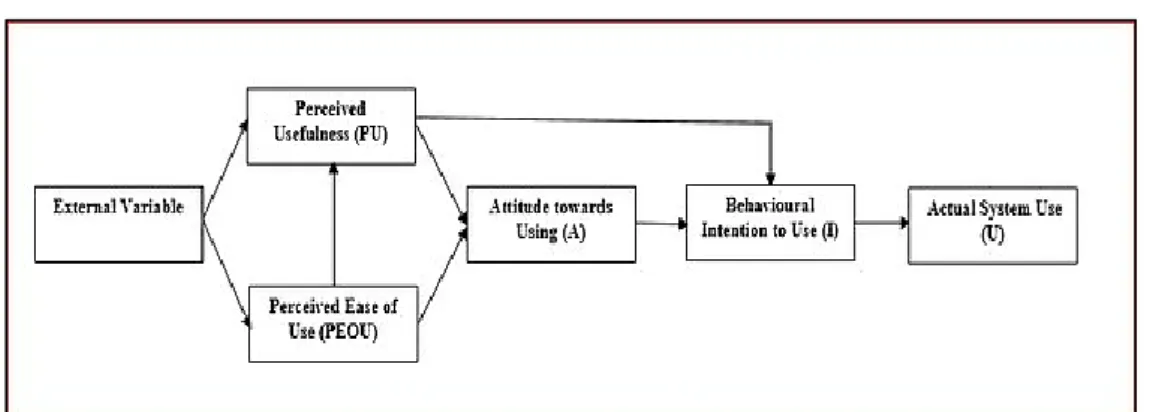
METHODOLOGY
- Introduction
- Research Design
- Descriptive Research
- Quantitative Research
- Sampling Design
- Target Population
- Sampling Frame and Sampling Location
- Sampling Technique
- Sampling size
- Data Collection Method
- Primary Data
- Secondary Data
- Research Instrument
- Questionnaire Design
- Pilot Test
- Construct Measurement
- Origin of Source of Measurement
- Data Processing
- Questionnaire Checking
- Data Editing
- Data Coding
- Data Transcribing
- Data Cleaning
- Proposed Data Analysis Tool
- Scale Measurement
- Descriptive Analysis
- Inferential Analysis
- Conclusion
In this research, the researchers should collect a large amount of respondents to find out how the relationships of each variable are constructed and verify as the questionnaire is used and will be distributed online. Thus, quantitative research has been selected for this research as it is required in the collection of numerical data of all variables. The target population of this research are local and foreign university students who are currently studying in Malaysia and know what O2O e-commerce is.
There is no appropriate sampling frame used for this research, so in this research non-probability sampling will be used. In this research, the Google Forms are distributed online to the respondents who are university students studying in Malaysia and know O2O e-commerce. In order to limit the scope of finding real respondents, the universities' Facebook pages are concentrated and a filter question such as 'do you know about Online-to-offline e-commerce' is asked.
Thus, the pilot test of this research had been distributed to 15 respondents to test the validity and reliability of the research questions. Then, the questionnaire for this research will be distributed online to about 300 respondents, which is about 150 local and foreign university students each, as the sample size is within the range suggested by previous studies. The questionnaire is used in this research and distributed via online platform as it can easily reach a large number of respondents where university students in Malaysia can receive.
In this study, the reliability test uses rules of thumb from Cronbach's Alpha Coefficient to obtain the results of this study. By using descriptive analysis, it summarizes the demographic information of all respondents in this study and makes it easier for researchers to understand.
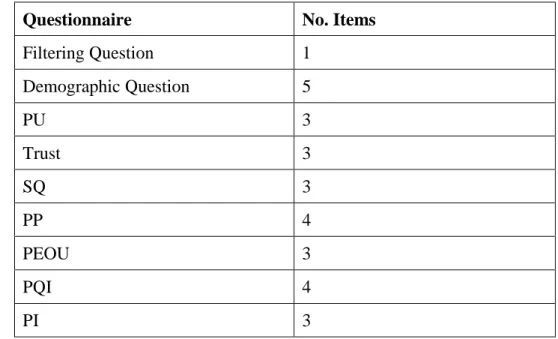
DATA ANALYSIS
- Introduction
- Descriptive Analysis: Respondent Demographic Profile
- Filter Question
- Nationality
- Country
- University
- Educational Level
- Gender
- Scale Measurement: Reliability Test
- Inferential Analysis
- Pearson’s Correlation Analysis
- Simple Linear Regression
- Multiple Linear Regression
- Independent T-Test
- Hypothesis Testing
- Conclusion
Moreover, there are 1 (0.3%) respondents studied in each of the universities which are ERICAN, IMU, Mahsa, TOC, UKM, UMS, UPM and Yes International College. Next is CPIF which showed reliability value of 0.942 and last is PI with reliability value of 0.921. Thus, there is a high positive correlation between all independent variables with CS and CPIF, and between CS and CPIF.
According to the result in Levene's test for equality of variances, the significant value of consumers' purchase intention and feedback is 0.340 which is above the p-value <0.05. Moreover, according to the result in T-test for equality of means, the significant value of consumers' purchase intention and feedback is 0.000 which is below the p-value <0.05. Thus, there is a significant difference between local and foreign university students on customer satisfaction versus consumer purchase intention and feedback.
According to the mean value result in group statistics, those foreign university students (2.19) have a more favorable picture of purchase intent and feedback compared to local university students (1.16). Thus, there is a significant relationship between customer satisfaction and consumer purchase intent and feedback on O2O e-commerce. Thus, there is a significant difference between local and foreign university students in consumer purchase intent and feedback on O2O e-commerce.
The results show that the IV that had the most difference between local and foreign university students on purchase intention and feedback was SQ with the highest significant value, which is 0.051. Moreover, there is a significant difference between domestic and foreign university students on CPIF and SQ differed the most.
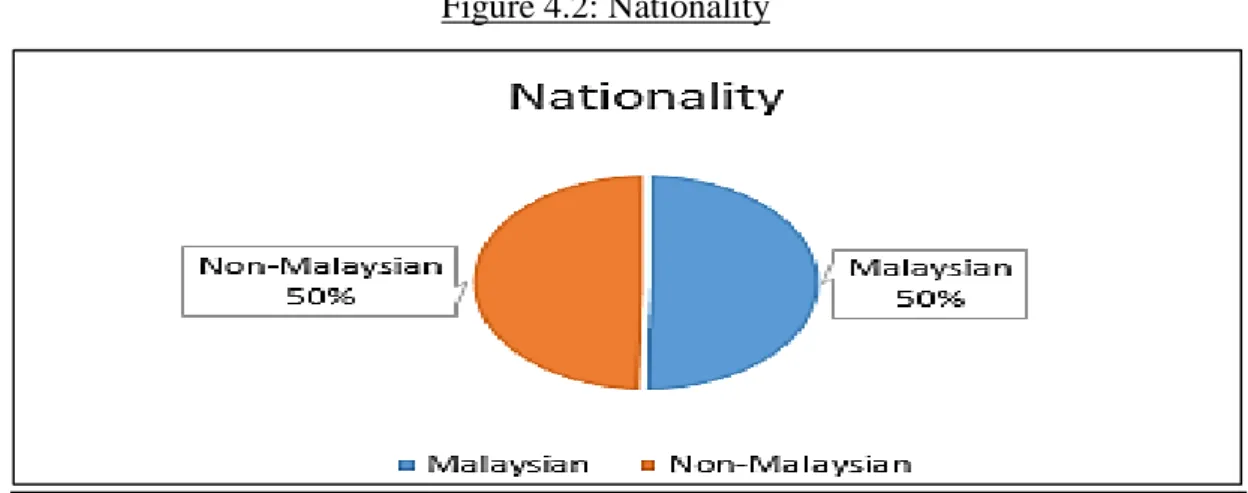
DISCUSSION, CONCLUSION AND IMPLICATIONS
Introduction
Discussions of Major Findings
The result showed that there is a significant relationship between Trust and CS during shopping in O2O e-commerce with significant value of 0.000 which is lower than p value of 0.05 and β value of 0.014 which shows a positive relationship between the two which explained the research question. The results stated that SQ had a significant relationship with CS while shopping in O2O e-commerce as its significant value is 0.000 and the relationship was positive with β value 0.040 which had explained the proposed research question. Furthermore, increasing perceived SQ will improve the level of customer satisfaction as it has a positive relationship to CS (Kwok, Jusoh, & Khalifah, 2016).
PEOU showed a result of 0.000 in significant value and 0.024 in β-value, which indicated that PEOU has a positive significant relationship with CS during O2O e-commerce shopping. The result showed that PIQ had a significant value of 0.000 and a β-value of 0.375, which was the most significant predictor for CS in O2O e-commerce shopping. In addition, research by Thukral & Mindak (2015) found that the level of involvement of a product will affect consumer satisfaction, where high involvement will result in high levels of satisfaction.
The improvement or standardization of the product quality will tend to increase the level of consumer satisfaction based on research from previous studies (Razak, Nirwanto, & Triatmanto, 2016). PI results from Chapter 4 had shown that it had a significant value of 0.000 and β value of 0.196 in this research where it also indicated that it had a positive significant relationship with CS during O2O e-commerce shopping. According to the findings of Mehmood & Shafiq (2015), consumers will have a positive attitude and brand loyalty towards the goods and services if they had a high level of satisfaction with the goods and services.
As a result from Chapter 4, it had shown that the significant value for CPIF is 0.000, which showed that there is a significant difference between domestic and foreign university students in CPIF towards O2O e-commerce and thus explained the research question in Chapter 1. Foreign university students were more familiar with O2O e-commerce especially students from China, (Du & Tang).
Implications of the Study
- Managerial Implications
- Perceived Usefulness (PU)
- Trust
- Service Quality (SQ)
- Price and Promotion (PP)
- Perceived Ease of Use (PEOU)
- Product Involvement and Quality (PIQ)
- Peer Influence (PI)
- Customer Satisfaction (CS)
This study can help the marketers to understand the current trend in O2O e-commerce and enable them to create a more effective and efficient marketing strategies. Therefore, marketing managers of O2O e-commerce can improve the efficiency of the online platforms and offline store so that consumers can feel more convenient and useful while using O2O e-commerce. Moreover, the online platforms used for the O2O e-commerce should be useful for the consumers, for example, consumers can use them to compare prices, ask questions and make payments with various payment methods and different banks.
In addition, consumers will also check the rating and reviews from previous consumers before purchasing any goods and services from the sellers. As implied by the result, SQ was proved to have significant impact on CS during purchase in O2O e-commerce. The manager should consider selling goods and services at a cheaper price than competitors, but at the same time earn profits for their business.
Thus, managers should keep an eye on the O2O e-commerce market so that they can manage the unexpected situation such as adjusting the selling price and choosing effective promotion methods. Meanwhile, goods and services should also be the same as described so that consumers have more confidence in purchasing goods and services. In addition, the goods and services sold in O2O e-commerce should be useful to consumers or to the needs of consumers, so that consumers feel more involvement of goods and services in their daily lives.
In addition, the operator must provide good service and good quality of goods and services to consumers so that consumers feel satisfied and voluntarily promote goods and services to others. According to the results of this research, CS has a strong positive relationship with consumers' purchase intention and O2O e-commerce feedback.
Limitation of the Study
Recommendations for Future Research
Second, it is recommended to increase the sample size so that the results obtained are more accurate and reliable. It is also advisable to extend the duration of the survey to give the researcher more time to gather more responses from potential respondents. If there are no financial constraints to conduct this research, prospective researchers are advised to conduct their research in a wider geographic area.
Then, this research should be conducted again after Malaysians have some understanding on O2O e-commerce and after O2O e-commerce is popular in Malaysia so that the result obtained is more reliable.
Conclusion
Retrieved from http://search.ebscohost.com.libezp2.utar.edu.my/login.aspx?direct=true&db=bth&AN=137132224&site=eds-live&scope=site. Assessment of the impact of service quality dimensions on customer satisfaction in commercial banks in Mauritius.



